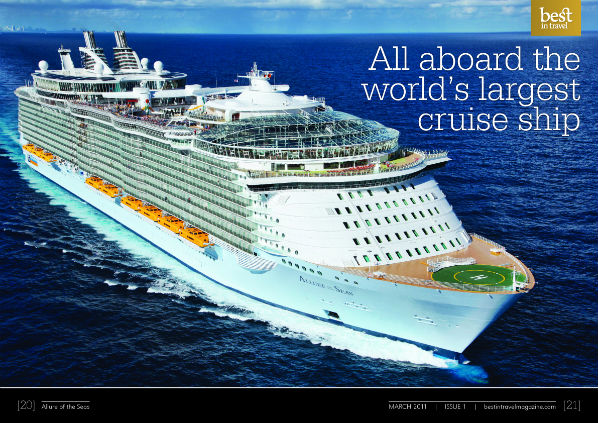Surge in online advertising

A quarter of all advertising is now being spent online, according to a new study by the Internet Advertising Bureau (IAB) and accountants Price Waterhouse Coopers.
The study shows that online advertising grew 12.8 percent last year, three times the 2009 level, and breaking through the £4bn barrier.
Online advertising also continued to grow compared to the rest of the advertising market, which suffered a dip during the recession.
Guy Phillipson, the chief executive of the IAB, said: “Major brands restored their advertising budgets in 2010 and online was a big winner.”
Mobile advertising was one of the main engines of growth, with finance and consumer brands trying to reach audiences on the move. Mobile sites such as City.Mobi provide advertisers with an opportunity to target travellers on the go.
Meanwhile display advertising on social networks grew by nearly 200 percent, with big advertisers turning to the likes of Facebook to promote themselves.
Online video advertising also nearly doubled in 2010, with £54m spent on adverts that appeared before, during or after video clips.
Search advertising, dominated by Google, remains the biggest online earner, but growth in this more mature business was just 8 percent.
Although television spending bouncing back last year after a steep decline, traditional media remains in retreat, with magazines and regional newspapers revenue continuing to slide. Classified advertising, once a key element in regional newspaper revenues, has now nearly all migrated online.
Meanwhile digital magazines are experiencing a growth in advertising.
One of those set to benefit is the newly-launched Best in Travel, a luxury magazine focused on the world’s most glamorous travel experiences. Unlike competitors such as Conde Nast Traveller and Wanderlust, it won’t be available on newsstands – the publisher says it reflects a shift from print to web as a source of travel information.

(Best in Travel - the new generation of online magazines)
On the web-based interface, pictures move and interactive features such as slideshows, virtual tours and videos are embedded, along with links to further information on the website and sharing services such as YouTube and Twitter.
The magazine also provides advertisers with an opportunity to use interactive technology to attract a global readership of high-end travel consumers. Read the first issue at http://www.bestintravelmagazine.com/magazine/march_2011/
The IAB expects online spending to continue to grow, as faster broadband makes new formats increasingly attractive.

